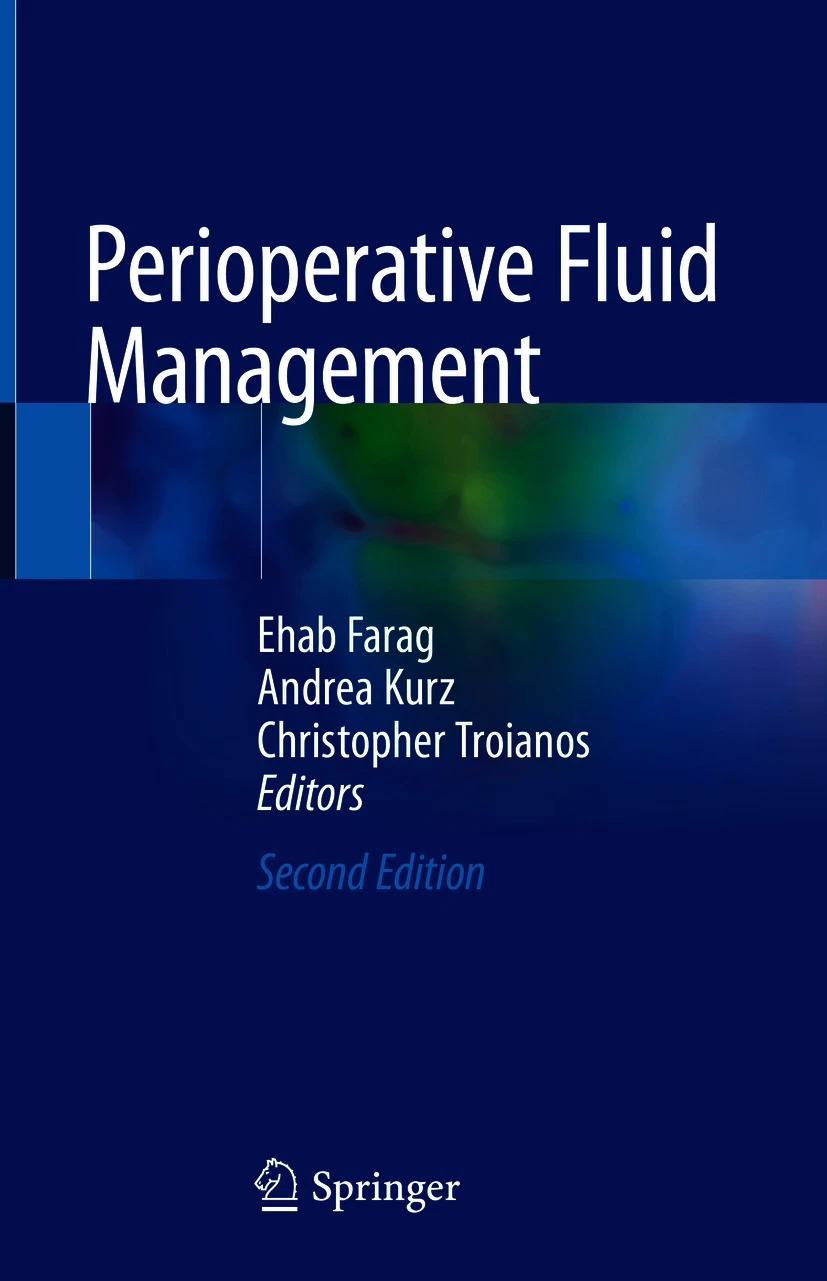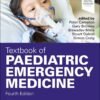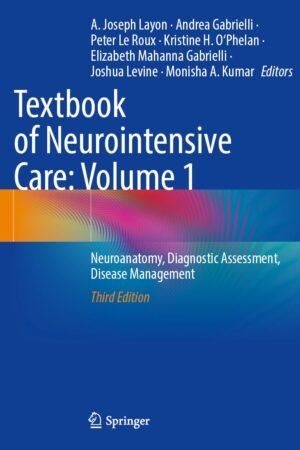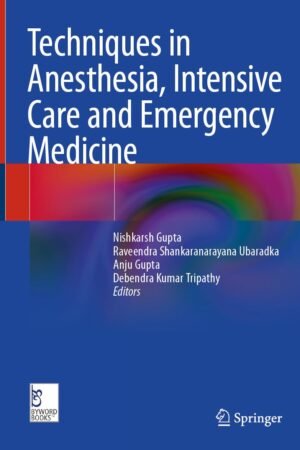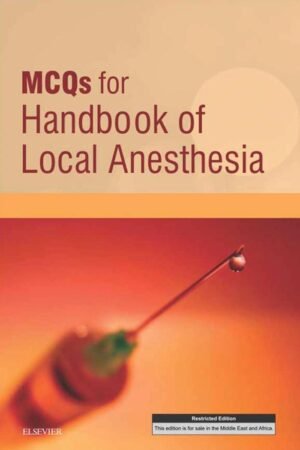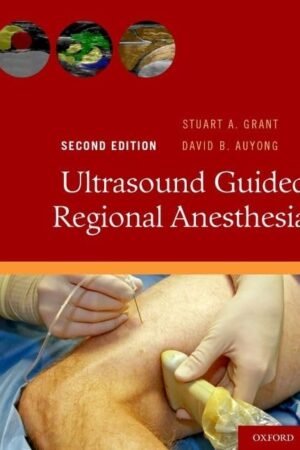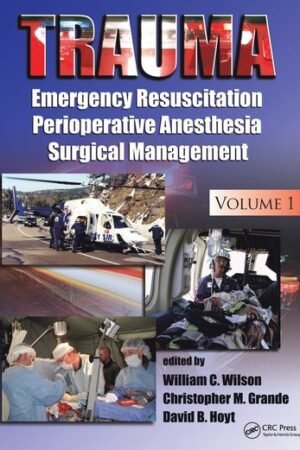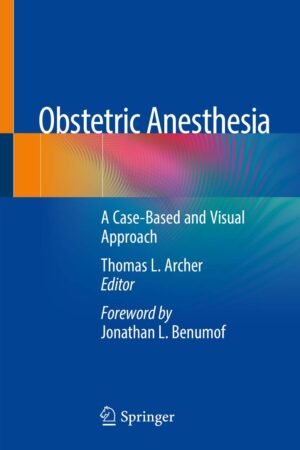Perioperative Fluid Management 2nd Edition PDF
FREE
📘 Perioperative Fluid Management 2nd Edition PDF
Perioperative Fluid Management 2nd Edition PDF is a comprehensive guide for anesthesiologists, surgeons, and perioperative clinicians. The book provides evidence-based strategies for fluid administration before, during, and after surgery, emphasizing patient safety, hemodynamic stability, and improved surgical outcomes.
Principles of Perioperative Fluid Therapy
The text begins by reviewing fluid physiology, homeostasis, and the impact of surgery on intravascular volume. It explains how anesthesia, blood loss, and comorbid conditions affect fluid requirements. Understanding these principles helps clinicians tailor therapy to individual patient needs.
Assessment and Monitoring
Perioperative Fluid Management 2nd Edition PDF details methods to assess fluid status, including vital signs, urine output, laboratory parameters, and dynamic hemodynamic monitoring. Goal-directed therapy and risk stratification are emphasized to guide precise fluid administration and reduce complications such as hypovolemia or fluid overload.
Fluid Types and Administration
The book covers crystalloid and colloid solutions, blood products, and adjunctive pharmacologic therapies. Each type is discussed in terms of indications, benefits, and potential risks. Case-based examples illustrate how to apply these strategies across various surgeries, including cardiac, abdominal, orthopedic, and emergency procedures.
Multidisciplinary Perioperative Care
Effective fluid management requires collaboration among anesthesiologists, surgeons, and nursing teams. The book emphasizes communication and teamwork to optimize patient safety, enhance recovery, and reduce complications. Real-world examples show how coordinated care improves perioperative outcomes.
Why This Book Matters
Proper perioperative fluid management is essential to minimize complications, support organ perfusion, and enhance recovery. Perioperative Fluid Management 2nd Edition PDF equips clinicians with practical, evidence-based tools to make informed decisions and deliver high-quality care.
For additional guidance, readers can consult the American Society of Anesthesiologists, the Society of Critical Care Medicine, and the European Society of Anaesthesiology and Intensive Care. These references complement the strategies presented in this book.
🔗 Download available at: Freemedbooks.com

